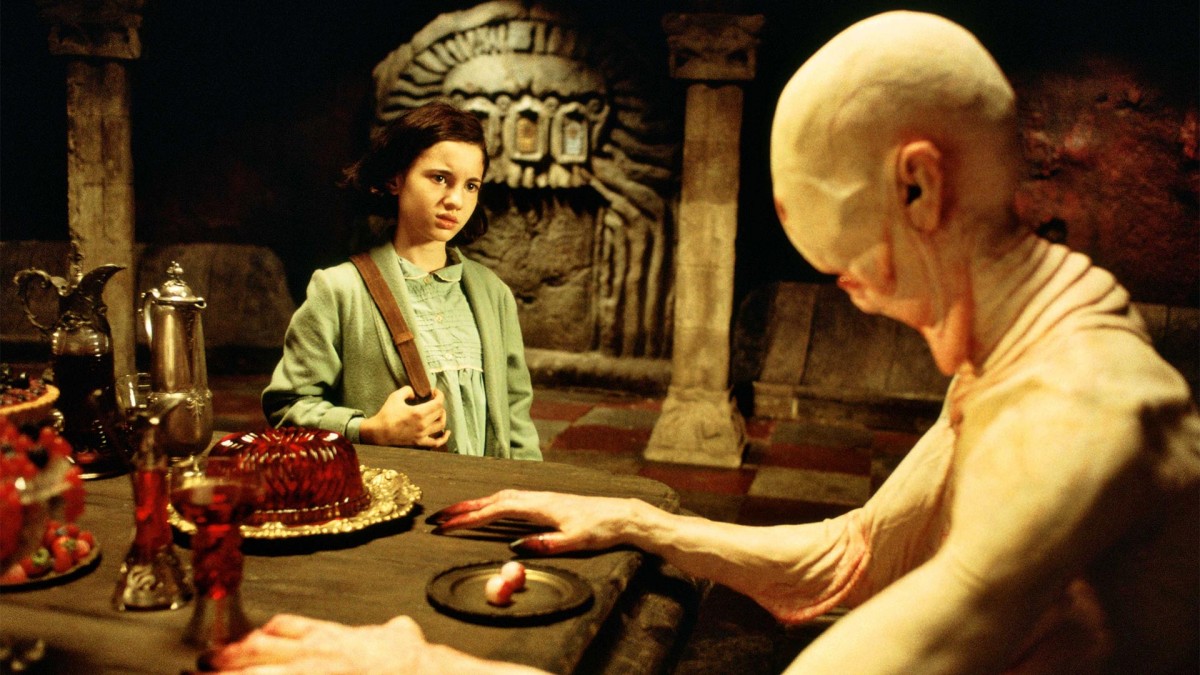In high school I was taught that stories have plots; with beginnings, conflicts and conclusions, and that the significance of literature, written or performed, is primarily it’s plot. Of course, it is not. Early in this class I realized that theater does not need a plot. But it’s taken me until now, December 2nd, to fully realize the words I want to use. I want to say that plot and purpose are separate entities in performance, especially performance art. And sometimes the purpose is that there’s no purpose at all.
In Diana Taylor’s book about performance art, she quotes Judith Butler, who describes performativity as “both the process of being acted on, and the conditions and possibilities for acting…” In that sense, performativity is an instillation which draws attention to the fact that the external world imposes judgement, notions, and labels on the subject. So, for example, although there is no plot to Peggy Shaw’s The Menopausal Gentleman, the purpose of the monologue is to contest normative behaviors. She can be a character who transgresses social norms, and in that space point out supererogatory norms. Her purpose needed no plot.
Similarly, Carmelita Tropicana defines performance art as something which, “changes the way you look at the world.” She uses the example of a toilet plunger. One day a performance artist set a fire in a basement and, in dance, put it out with the plunger. There was no plot to this, but the purpose was re-visioning the use of the plunger, where the realization is heightened by the revolting overtones the object carries.
In Carmelita Tropicana’s The Conquest of Mexico as Seen through the Eyes of Hernan Cortes’s Horse, she resees not only the conquest but the symbols she uses to signify injustice and defeat. Not only is the major premise a re- visioning, but the phrase, “No mother, not stars”, referring to the amount of dead bodies the horse can count, associates sadness and injustice with the heavens. In this peice, there is a plot, because there is a premise, conflict, and conclusion in the battle and death, but that is not the point of her piece. The purpose is seeing the history again from a different perspective.
In Arabic, there is a concept called the Dumnee, which refers to the implicit meaning of actions and texts. The distance between the actual action and the symbolic invocation has allowed me to understand purpose. The underlying logical flow of an argument is the dumnee. I see many parallels between the concept of dumnee in text and the concept of purpose in performance.
Purpose can be a change in the internal life of a fictional character, or in the plot line, or in the audience’s understanding of an object, of the inane, of nothingness. Purpose is the thrust of the piece which makes you squint.
